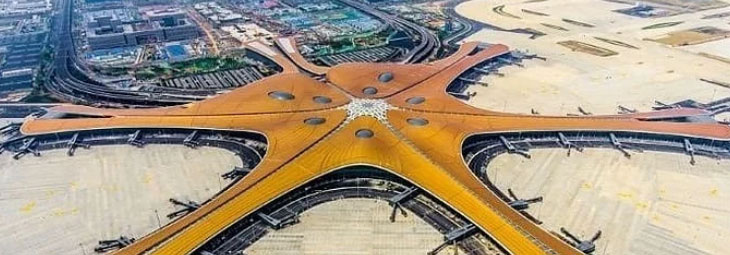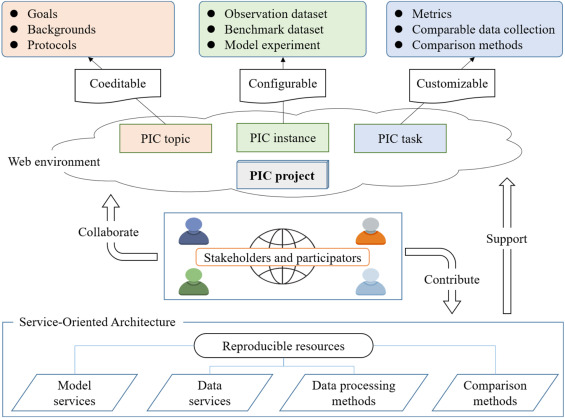


Human activities have produced carbon emissions that exceed the Earth's natural regulatory capacity, leading to an increase in atmospheric CO2 concentrations, a principal greenhouse gas, and consequently causing global warming. To capture and understand the factors influencing terrestrial biosphere changes, an increasing number of studies are focusing on the terrestrial carbon cycle. This cycle represents the pathways of carbon movement, involving interactions with the atmosphere, plants, litter, and soil. The terrestrial carbon cycle is a complex process, encompassing various physical, chemical, and biological processes, and is influenced by a range of environmental parameters such as temperature, precipitation, radiation, atmospheric CO2 concentrations, land use, and land cover changes. Constructing quantitative models based on different themes, regions, and scales is an effective method for understanding and simulating the terrestrial carbon cycle. Currently, Terrestrial Biogeochemical Models (TBMs) and Dynamic Global Vegetation Models (DGVMs) are commonly used tools for simulating carbon fluxes at local, regional, and global scales.

[Photo/Science Direct]
Source: <https://www.sciencedirect.com/science/article/pii/S0167739X20304246>
Edited and Translated by Ma Chenshuo